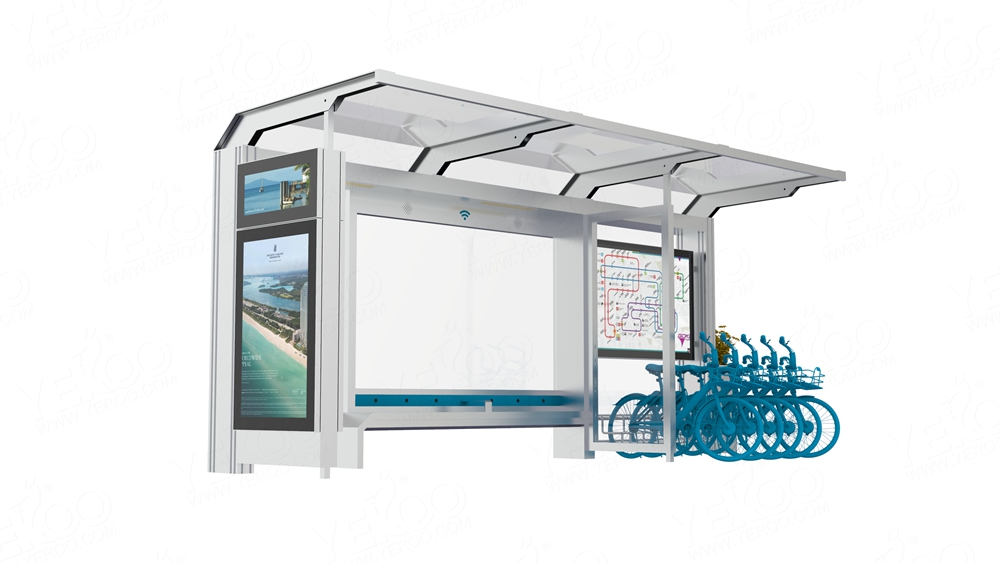In the rapidly evolving landscape of urban transportation, intelligent bus stations have emerged as a pivotal component in enhancing the efficiency, safety, and overall experience of public transit systems. The production process of these advanced hubs involves a combination of cutting-edge technologies and careful planning to create a seamless and user-friendly environment for commuters. This article provides an overview of the key stages involved in the construction of an intelligent bus stop.
1. Conceptualization and Design:
The journey begins with the conceptualization and design phase. Urban planners, architects, and engineers collaborate to create a blueprint that integrates smart technologies with the practical needs of commuters. The design considers factors such as passenger flow, accessibility, energy efficiency, and aesthetics. This stage is crucial in laying the foundation for a modern and efficient bus station.
2. Site Preparation:
Once the design is finalized, the selected site undergoes preparation. This involves clearing the area, making necessary infrastructure adjustments, and ensuring compliance with local regulations. The goal is to create a space that can accommodate the intelligent bus station while seamlessly integrating with the existing urban infrastructure.
3. Infrastructure Installation:
The heart of an intelligent bus station lies in its infrastructure. This includes the installation of state-of-the-art sensors, communication systems, and surveillance equipment. These technologies work together to monitor passenger flow, manage bus schedules, and enhance security. Additionally, the station is equipped with charging points for electric buses and other sustainable energy solutions.
4. Smart Ticketing and Boarding Systems:
Intelligent bus stations are designed to streamline the boarding process. Smart ticketing systems, such as contactless card readers or mobile apps, are integrated to facilitate quick and efficient ticketing. Passengers can board buses seamlessly using automated gates, reducing boarding times and enhancing overall transit efficiency.

5. Passenger Amenities:
To improve the overall commuting experience, intelligent bus stations are equipped with a range of passenger amenities. These may include comfortable seating areas, Wi-Fi connectivity, electronic information boards displaying real-time bus arrivals and departures, and environmental features such as green spaces and energy-efficient lighting.
6. Accessibility and Inclusivity:
Efforts are made to ensure that the intelligent bus station is accessible to everyone. This includes the installation of ramps, elevators, and other facilities to accommodate individuals with mobility challenges. Inclusivity is a key consideration in the design and production process to make public transportation accessible to all members of the community.
7. Testing and Optimization:
Before the intelligent bus station is officially launched, rigorous testing is conducted to ensure that all systems work seamlessly. This stage involves simulated scenarios, stress tests, and user trials to identify and rectify any potential issues. Optimization is an ongoing process to fine-tune the station's performance based on real-world usage data.
8. Inauguration and Maintenance:
Once testing is successful, the intelligent bus station is inaugurated, marking the culmination of the production process. Regular maintenance is essential to ensure the continued smooth operation of the station, with updates and upgrades implemented as technology advances.
The construction process of an intelligent bus stop involves a holistic approach that combines innovative design, advanced technology integration, and a commitment to improving the overall transit experience for commuters. As urban centers continue to evolve, intelligent bus stations stand as a testament to the fusion of convenience, sustainability, and cutting-edge technology in modern public transportation.








 Share to:
Share to: